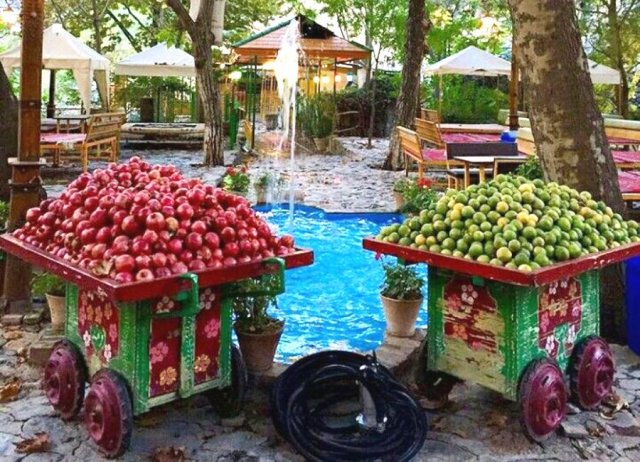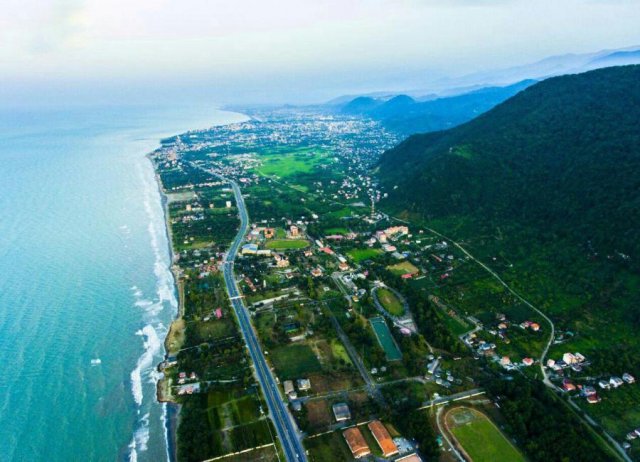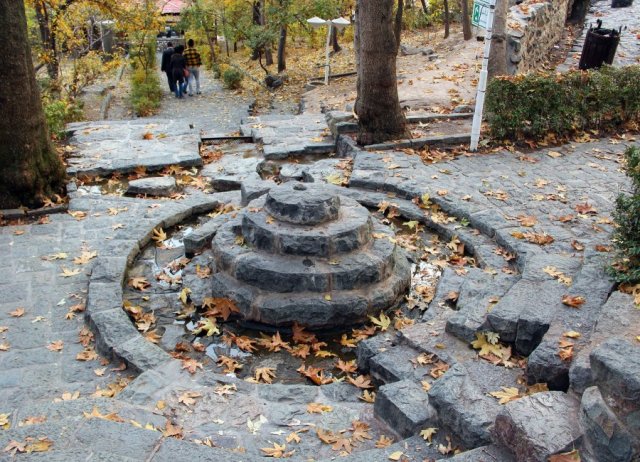At 370,000 sq km the Caspian Sea (Darya-ye Khazar) is five times the size of Lake Superior.
That makes it by far the world’s largest lake.
Or does it? Its littoral states (Iran, Russia, Turkmenistan, Azerbaijan and Kazakhstan) can’t decide if the Caspian’s a lake at all.
Perhaps it’s a ‘sea’. That’s more than petty semantics. In international legal terms, each nation deserves its own territorial slice of any ‘sea’ it borders.
But with a ‘lake’, resources below it must be shared equally among all littoral states. So the exact definition has vast economic implications given the Caspian’s immensely valuable offshore oilfields. The Caspian has many environmental worries (see www.caspianenvironment.org).
Under-sea mud volcanoes and oil vents add to the murk of industrial effluent flowing in Through its tributary rivers, notably the Volga.
And at 26.5m below sea level, there’s no outlet from which pollution can escape.
Pollution along with climate change are given as reasons for increasingly severe algal blooms, the vast annual growth of surface water- weeds which, in summer 2005, covered an astonishing 20,000 sq km of the Caspian. Scientists are also worried by the appearance of Mnemiopsis Leydiyi (a comb jellyfish) whose explosive 1990’s reproduction in the Black Sea had threatened fish stocks there.
All this, along with heavy over-fishing, is a particular worry for the slow-growing Caspian sturgeon, which produces 95% of the world’s caviar, but is now facing possible extinction.
To Westerners brought up reading CS Lewis novels, the name ‘Caspian’ sounds romantic.
Between 1977 and 1994 Caspian Sea levels rose an astonishing 15cm to 20cm per year.
Rasht incorporates rain drops into the calligraphy of its welcome sign.
There are even seaside restaurants named Barun (Rain). For people from the desert plateau, the Caspian coast’s regular downpours must seem exotic.
But few foreigners share their enthusiasm.
CUT THE CAVIAR – GILAN CUISINE
The Caspian Sea produces 95% of the world’s caviar. But don’t count on seeing any. Iran’s caviar is virtually all for export.
In fact, Gilan’s cuisine largely ignores the sea and focuses on the local wealth of fruit, nuts, olives and vegetables.
Typical dishes are packed with garlic and turmeric, rather shocking for the sensitive taste buds of central Iranian tourists.
Sirabi is essentially fried garlic leaves with egg, shami Rashti are deep- fried lentil-and-meat patties, baghilah qotoq are dill-and-garlic-flavoured broad beans, while anarbij (meatballs in walnut and pomegranate sauce) is a variant of fesenjun (chicken with walnuts).
Easier to find than any of the above is mirza ghasemi, a vegetarian marvel of mashed aubergine, squash, garlic and egg.
Although often listed as a starter it makes a delicious meal of its own when served with rice.
Points Of Interest
This village, at 1700m elevation and just north of the no-torious Evin Prison, is one of Tehran’s most pleasant urban escapes
At 370,000 sq km the Caspian (Darya-ye Khazar) is five times the size of Lake Superior.That makes it by far the world’s largest lake.
This popular in town escape stretches ever more steeply up the mountainside at Tehran’s northern edge




Hi there, I wish for to subscribe for this weblog to obtain most recent updates, therefore where can i do it please assist.